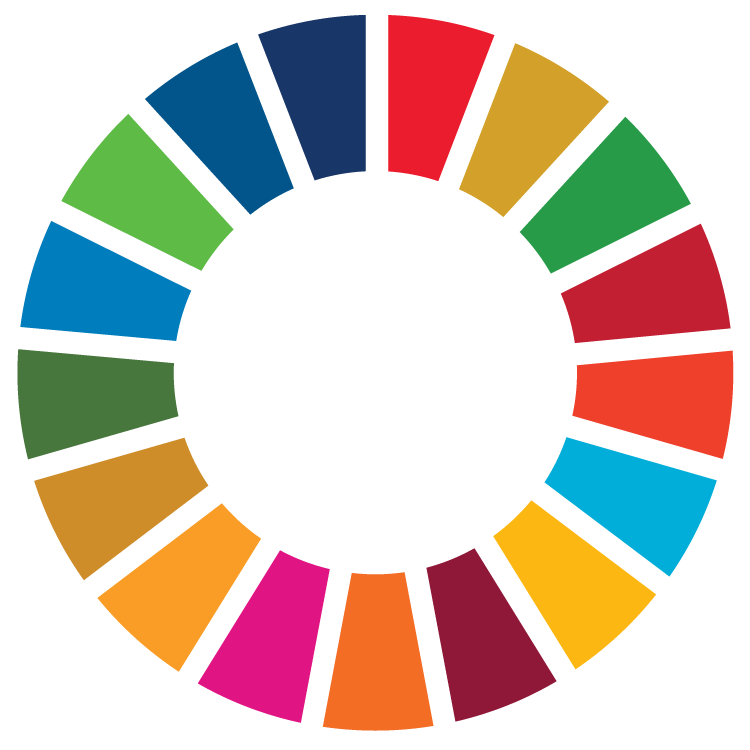For much of the last decade, Somalia has tipped in and out of drought, with dry spells withering rivers, turning farms into dustbowls and forcing millions from their homes.
But the country’s leaders are hopeful that in the coming years, Somalia will be better able to cope with the dwindling rains, widely seen as a byproduct of climate change.
Officials envision a country where hundreds of thousands of houses catch rainwater on their rooftops, solar-powered boreholes siphon water from deep beneath the earth and drip irrigation can stretch out precious water supplies.
Those interventions were highlighted in a recent government report produced with support from the United Nations Environment Programme (UNEP) Copenhagen Climate Centre. At its core is the idea that technology could be a lifeline for millions across Somalia, where climate change is deepening poverty, worsening hunger and threatening to enflame a decades-long conflict.
“Climate change is a major threat,” says Hafsa Omar Abdilahi, who heads the climate change unit within the country’s environment ministry. “Technology will play a crucial role in enabling sustainable agriculture and improving water management.”

A fast-changing climate is unleashing weather-related disasters on many of the world’s developing countries – and many are ill-equipped to deal with them. UNEP’s Adaptation Gap Report 2024 found nations must dramatically step up their efforts to adapt to spiking global temperatures, which could rise a catastrophic 2.6-3.1°C this century.
Since 2009, the UNEP Copenhagen Climate Centre, with funding from the Global Environment Facility, has supported more than 100 countries as they developed plans for using technology to adapt to climate change and limit greenhouse gas emissions.
“Technology isn’t a proverbial silver bullet but when implemented well, and with sufficient funding, it can make a dramatic difference in the lives of those in the path of climate change,” says Anne Olhoff, the Interim Director of the UNEP Copenhagen Climate Centre.
Somalia is widely viewed as one of the countries most vulnerable to climate change. In 2022 and 2023, the nation suffered through its worst drought in 40 years. In 2024, it was hit by once-in-a-century floods. Those crises displaced 2.6 million people and sparked a hunger crisis in a country already suffering through a three-decade-long civil conflict. Against that backdrop, Somalia has been working with the UNEP Copenhagen Climate Centre on what is formally known as a technology needs assessment. The document explores interventions that could help the country adapt to extreme weather. Many of the interventions are relatively inexpensive to roll out, which officials considered key in a country where half the population lives on less than US$2 a day, according to government data.
The assessment calls for the installation of 261,000 rainwater collection tanks to be mounted on rooftops. That would benefit 1.5 million people—or roughly one in 10 Somalis. It also recommends digging 300 boreholes and outfitting them with solar-powered pumps, allowing 25,000 rural households to tap into underground water supplies. Drip irrigation, which uses small tubes to deliver water directly into the roots of plants, conserving supplies, could improve yields across 1,500 square kilometres of farmland. Finally, the report suggested Somalia build out a network of 200 automated weather stations, which could help warn residents of impending flash floods.

The findings have been rolled into other government planning documents, including Somalia’s national climate change pledges under the Paris Agreement, which Abdilahi said are expected to be released in a few months.
The government, in partnership with donors, is working to mobilize funds to support some of the interventions outlined in the assessment. The hope in part is that those technologies will reduce the often-fierce competition over scarce resources, like water and food, that enflames conflict and forces people to flee, says UNEP’s Olhoff.
“Not only in Somalia, but around the world climate change is already having a destabilizing effect on societies, fanning the flames of conflict,” she says. “Adaptation-related technologies can change that and, with the right support, help protect lives, and build more peaceful, more prosperous countries.”
Abdilahi says she’s hopeful that in the coming months, officials will be able to begin digging boreholes and roll out the early warning system for floods. But more than that, she’s heartened by the fact that documents like the technology needs assessment are helping to raise awareness about the dangers of climate change and the benefits of climate action, an issue, she says, that didn’t enter the public consciousness until late last decade.
“I’m optimistic,” says Abdilahi. “Year by year, the Somali people are understanding more about the effects of climate change. If people understand the problem, they can find a solution.”
Somalia is one of UNEP’s 2024 full-share funding partners, whose contributions to UNEP’s core fund, the Environment Fund, enable UNEP's global body of work. Learn how to support UNEP to invest in people and planet.
The Sectoral Solution to the climate crisis
UNEP is at the forefront of supporting the Paris Agreement goal of keeping global temperature rise well below 2°C, and aiming for 1.5°C, compared to pre-industrial levels. To do this, UNEP has developed the Sectoral Solution, a roadmap to reducing emissions across sectors in line with the Paris Agreement commitments and in pursuit of climate stability. The six sectors identified are: energy; industry; agriculture and food; forests and land use; transport; and buildings and cities.














